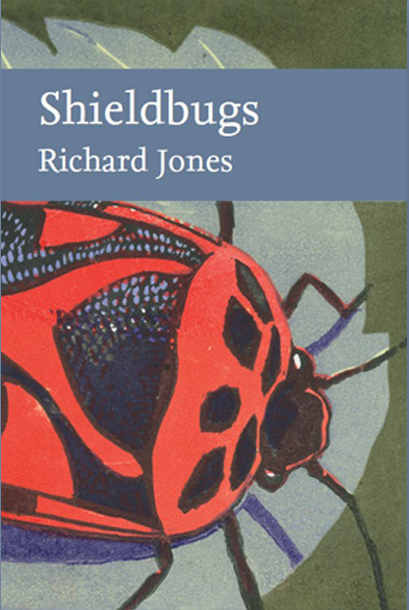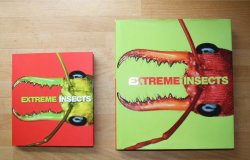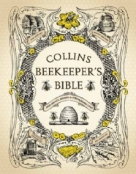I’m not sure what sort of emergency will see me needing 50 Mexican pesos in a hurry. Nevertheless, this is the latest bit of framed entomological ephemera to grace the wall of my office. The entomological bit is small, but fascinating.
The reverse of this note shows three butterflies in celebration of the Monarch butterfly, Danaus plexippus, a natural wonder when it hibernates in the oyamel firs in a small valley in central Mexico in such numbers that it is known to break limbs from the trees under the sheer weight of the insects. Although locals in the valley knew of the Monarchs’ appearance each year, it is only since 1975 that this phenomenon has been widely known to the outside world. It is already being threatened by human encroachment and interference as logging takes its toll on the forested hillsides and eco-tourism makes the once isolated site more vulnerable to disturbance.
The Monarch had already been celebrated on Mexican stamps, and on an earlier bank note in 2000, but when this note was issued in 2004 it contained an artistic blunder. One of the three butterflies was not a Monarch, it was a different species the Viceroy, Limenitis archippus, in a wholly different subfamily.

The Viceroy (upper left) has a continuous black band across the marginal cells of the hind wing. The Monarch (bottom right) has markings bordering groups of wing cells.
Similarly shaped and similarly coloured, it was once thought that the Viceroy was a mimic of the poison-packed and warningly coloured monarch, but it turns out it is equally foul-tasting to predators and the matching colour scheme benefits both species by emphasizing the dangers to any bird foolish enough to try and take a bite. Just as predators might mistake the two butterflies, so too did the Banco de México artist when seeking source material for the design. The note was altered in subsequent printings.
As soon as I read about this, I thought it would be an interesting item to have framed in my office. I already have a fine array of insect stamps, post-cards, cigarette cards and other assorted collectibles. It would demonstrate the use of insects on national bank notes, butterfly mimicry, and how easy it is for artists and picture editors (even in one of the most quality-conscious sectors of the print industry) to muddle the species and make mistakes.
Originally I tried to just print off a copy of the note from an online picture. The quality and resolution was good enough that a framed picture would look just like the real thing. It didn’t really have to be the real thing, after all, it was simply a decorative object. But I could not get it to work. No matter what I tried I kept getting an error message “reading pixels failed” and a blank piece of paper was ejected from the ink-jet printer. What was going on?
Nothing to do with tech-failure, or butterflies; I had not run out of ink or lost wireless connection to my HP Deskjet, I had stumbled on an anti-counterfeiting mechanism built into my computer and/or the printer. It turns out that there is a series of markers (The EURion or Omron rings) in this case decorative orange circles, arranged a bit like recurring orion constellations or quincunxes, which are an internationally recognized sign only used in the printing of bank notes and which trigger a failure if anyone tries to print out from their home computer. Have a look on the fivers in your wallet and there they are.
I’ve been looking for this note ever since, and finally tracked one down on eBay for £4.50. Mint condition. Bargain. I photocopied the obverse though, so my printer isn’t quite up to exact EURion cancellation calibration.


























Pingback: Pick & Mix 59 – countryside and colonialism, climate change, urban greening, native trees, natural history and public rights of way | Don't Forget the Roundabouts